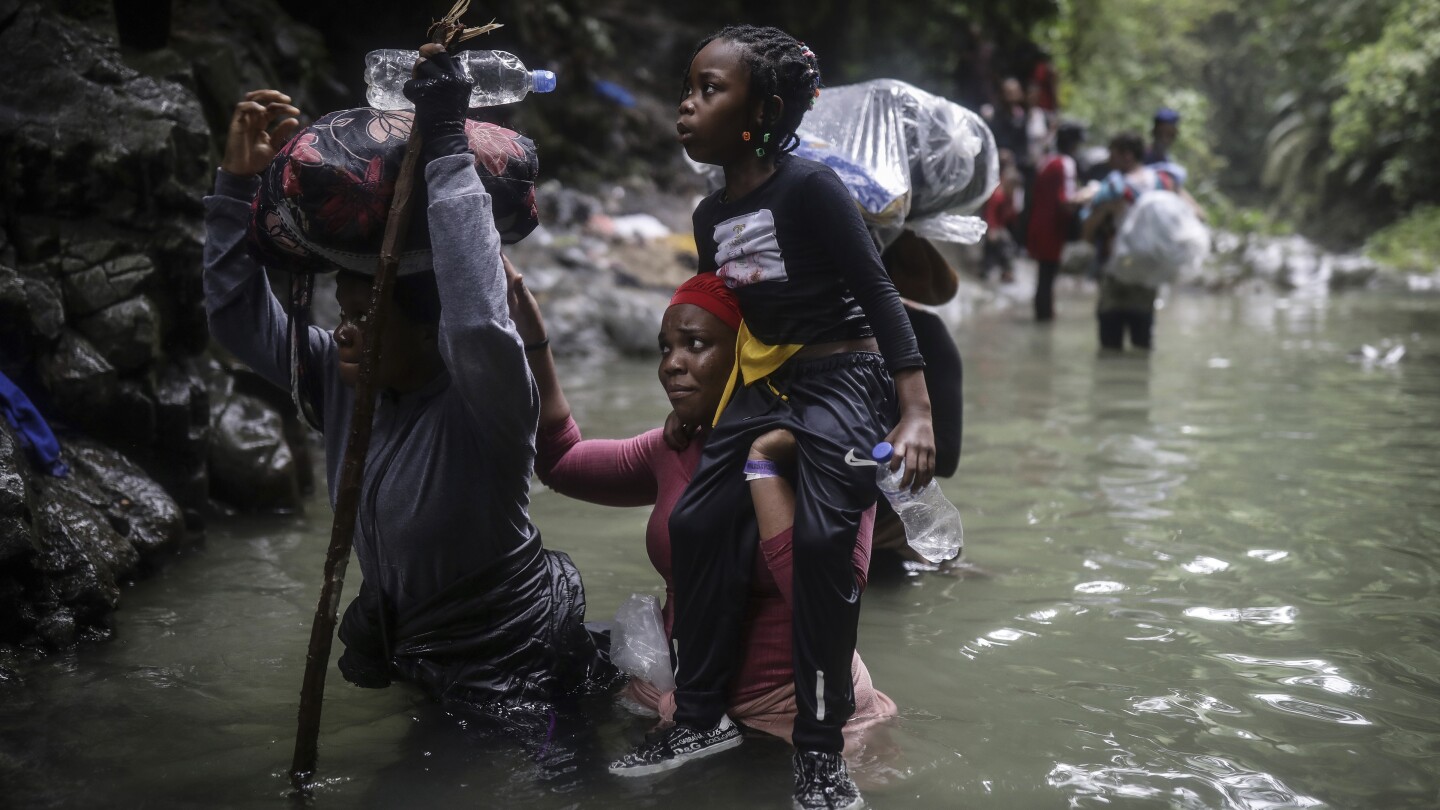- cross-posted to:
- [email protected]
- cross-posted to:
- [email protected]
Once nearly impenetrable for migrants heading north from Latin America, the jungle between Colombia and Panama this year became a speedy but still treacherous highway for hundreds of thousands of people from around the world.
Driven by economic crises, government repression and violence, migrants from China to Haiti decided to risk three days of deep mud, rushing rivers and bandits. Enterprising locals offered guides and porters, set up campsites and sold supplies to migrants, using color-coded wristbands to track who had paid for what.
Enabled by social media and Colombian organized crime, more than 506,000 migrants — nearly two-thirds Venezuelans — had crossed the Darien jungle by mid-December, double the 248,000 who set a record the previous year. Before last year, the record was barely 30,000 in 2016.
Dana Graber Ladek, the Mexico chief for the United Nation’s International Organization for Migration, said migration flows through the region this year were “historic numbers that we have never seen.”



This is the best summary I could come up with:
MEXICO CITY (AP) — Once nearly impenetrable for migrants heading north from Latin America, the jungle between Colombia and Panama this year became a speedy but still treacherous highway for hundreds of thousands of people from around the world.
Enabled by social media and Colombian organized crime, more than 506,000 migrants — nearly two-thirds Venezuelans — had crossed the Darien jungle by mid-December, double the 248,000 who set a record the previous year.
In Washington, the debate has shifted from efforts early in the year to open new legal pathways largely toward measures to keep migrants out as Republicans try to take advantage of the Biden administration’s push for more aid to Ukraine to tighten the U.S. southern border.
Citizens of African nations made circuitous series of connecting flights through Africa, Europe and Latin America to arrive in Managua to start travelling overland toward the United States, avoiding the Darien.
Mexico’s immigration system was thrown into chaos on March 27, when migrants held in a detention center in the border city Juarez, across from El Paso, Texas, set mattresses on fire inside their cell in apparent protest.
Unable to detain many migrants, Mexico instead circulated them around the country, using brief, repeat detentions, each an opportunity for extortion, said Gretchen Kuhner, director of IMUMI, a nongovernmental legal services organization.
The original article contains 1,300 words, the summary contains 219 words. Saved 83%. I’m a bot and I’m open source!